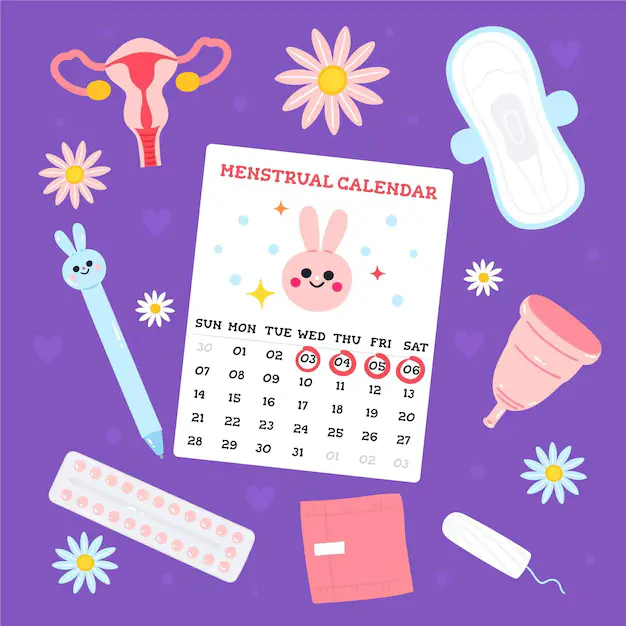Picking the right contraceptive method is a decision that affects your fertility and everyday existence. Since there are so many methods that are out there, knowing how every one of them works, what it entails, the advantages and disadvantages that comes with it are things that will help you make the right decision.
In this blog, we will look at five methods of contraception and their usage, efficacy and side effects of using them.
Know more: does birth control make you fatigued
1. Pill, Reversible Contraception, Combined Oral Contraceptives
How It Works:
Contraceptive pills are actually tiny quantities of the female sex hormones estrogen and progestin that stop the egg from being released by the ovaries during ovulation. They also make the cervical mucus become thick and thereby hamper the chances for sperm to gain access to the egg and also thin the endometrium to limit chances of implantation.
Benefits:
- Very effective when used correctly (91-99% efficacy).
- Can be used to control menstrual cycles, fight abdominal pain and treat conditions as diverse as acne and polycystic ovary syndrome (PCOS).
- Not very permanent; in most cases, the fertility of women can bounce back the minute they stop taking the pills.
Side Effects:
- May result in nausea, weight gain, headache, or mood swing.
- Carriage of increased risks of formation of blood clots especially in smokers or women above the age of 35 years.
- Must be taken on a daily basis for it to be effective.
2. Condoms
How It Works:
These methods are known as barriers because they prevent sperm from uniting with the egg to fertilize by physically blocking them from reaching the uterus. They come in two types: internal condoms, also known as female condoms, that are inserted in the vagina and external condoms, also known as male condoms, worn over the penis.
Benefits:
- Provide dual protection: avoid pregnancy, as well as exposure to sexually transmitted illnesses (STIs).
- Available behind the counter, without a prescription.
- No hormonal side effects.
Side Effects:
- Some patients may have latex sensitive skin (there are special products that do not contain latex).
- They can rupture or slip off, diminishing their protection standard.
- Less effective than others at typical use (estimated to be 85% effective).
3. Intrauterine Device (IUD)
How It Works:
An IUD is a small piece of plastic, in the form of a T, that is placed in the uterus by a doctor. There are two main types: more hormonal IUDs like Mirena and the Copper IUD such as ParaGard. Hormonal IUDs release progestin to stop the sperm and eggs from meeting while copper IUDs contain no hormones and instead of repelling sperm.
Benefits:
- Long-lasting: The hormonal ones will last for sometime between 3-7 years while the copper coated IUDs can stay for about 12 years.
- More than 99% safe against getting pregnant.
- Low-maintenance: Once it has been inserted it just goes on and you don’t have to worry about it.
Side Effects:
- Sometimes insertion may cause some pain or discomfort to the clients.
- Can interfere with the menstrual cycle and result in unpredictable flow or bleeding starting from the first weeks of use.
- Some of the side effects that hormonal IUDs cause include breast pain or soreness, difficulty in specifying exact age, claustrophobia, or even headaches and mood swings.

4. Contraceptive Implant (Nexplanon)
How It Works:
Contraceptive implant is a small, flexible rod that is implanted into the skin on the upper arm of a woman. It releases progestin which stops the production of eggs and makes the cervical mucus blanket thick. The implant gives up to 36 months of intermittent security.
Benefits:
- Highly effective (over 99%).
- Non-enduring but lasts for a long time and is easy to maintain the moment they have been put in place.
- Fertility comes up rapidly even after operating procedures have been carried out.
Side Effects:
- May result to; abnormal menstrual bleeding or experiencing spotting.
- May cause different side effects like weight gain, acne, or change in mood.
- It has to be inserted and removed by a healthcare provider.
5. Birth Control Patch
How It Works:
Birth control patch is a skin patch, which is placed on the skin of the upper arm, back or stomach. It secretes chemicals (estrogen and progestin) to avoid ovulation just like the oral contraceptive pill. You change it every week for three weeks and then take it off for a week or only use other patches for a week.
Benefits:
- does not require any everyday care (it only needs to be washed once a week).
- In some cases, consumption of this food helps in regulation of the menstrual cycle.
- Easily reversible.
Side Effects:
- May lead to skin rash or erythema at the place where the patch is stuck.
- May cause side effects of nausea, headache, or breast fullness.
- Moderate effectiveness for women weighs over 198 pounds.
6. Mirena (Hormonal IUD)
How It Works:
Mirena is a contraceptive IUD that delivers a form of progestin called levonorgestrel, for the purpose of mili birth control. It is an option for infertility because it stimulates the cervical mucus to thicken, opacity and thus prevent sperm penetration, it thins the endometrial lining, and occasionally suppresses ovulation. Upon insertion it offers protection for up to 10 to 12 years.
Know more: A minute to understand everything about endometriosis
Benefits:
- More than 99% effective and has a useful life of up to 10 years.
- May decrease or cease over time, which may be helpful for women who are plagued by heavy menstrual bleeding.
- able to be ignored after being implanted in the body.
Side Effects:
- May result in spotting or irregular menstruation for the initial three months.
- It is also common for some women to be affected by side effects such as; headaches, tender breasts, or mood swings.
- Insemination may not be comfortable.
Conclusion
These methods of heather birth control are quite beneficial in their individual ways but it is critical to discuss the side effects of each method and what you, as the user, prefer. An everyday way of using it or a monthly product like the pill or something you get implanted like an IUD, the best contraception is the one which suits the user and is reliable.
When deciding on the method to use, choose one that is easy to use, beneficial to your health, but if there are any side effects that may hinder your lifestyle, remove that method. It is always wise to consult your doctor on matters to do with your health and learn which one suits you in that case.
Knowing how every method in the list works helps you to make a decision that will not only be beneficial to you but also one that will enable you to gain control over your reproductive system.

